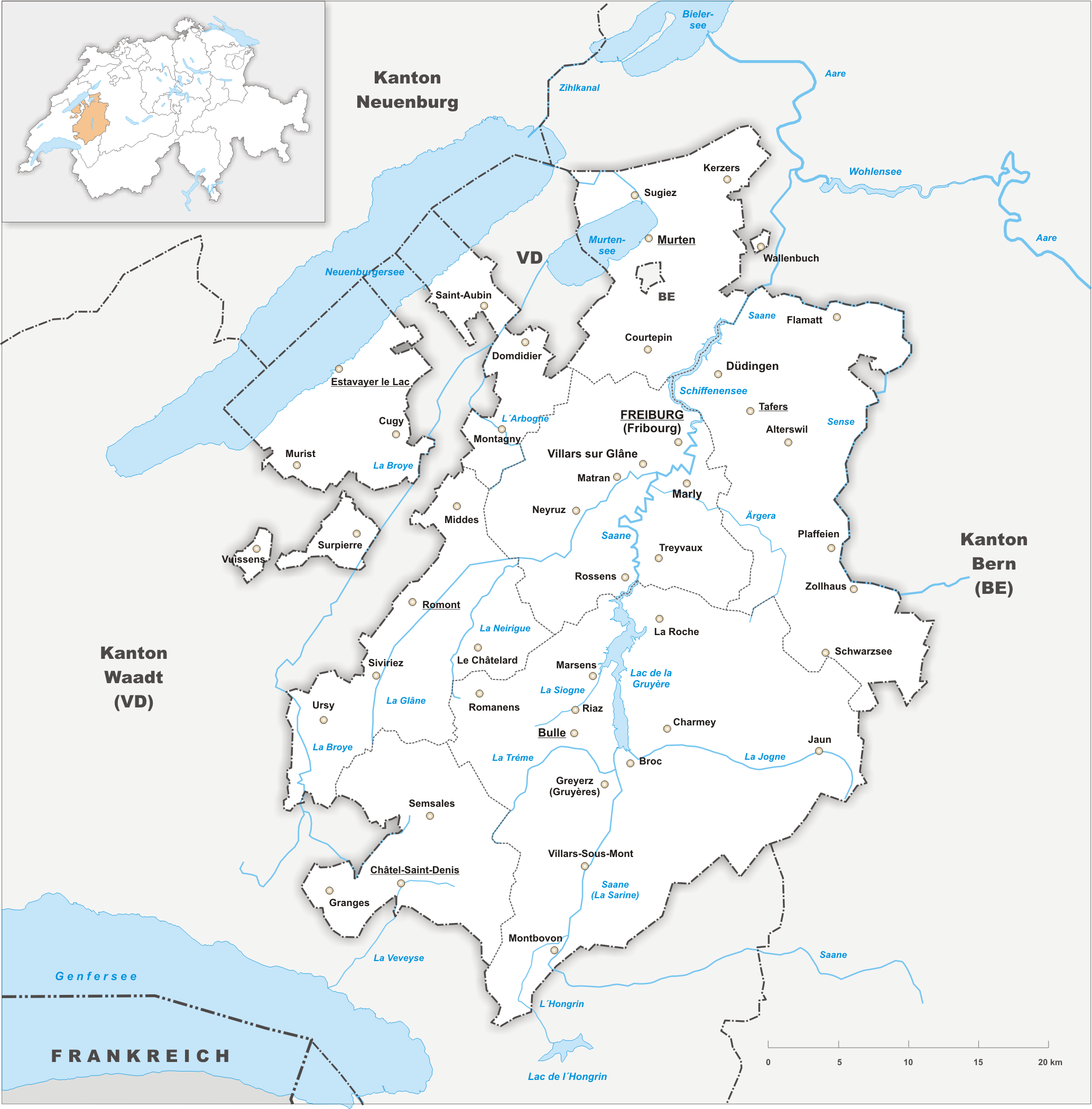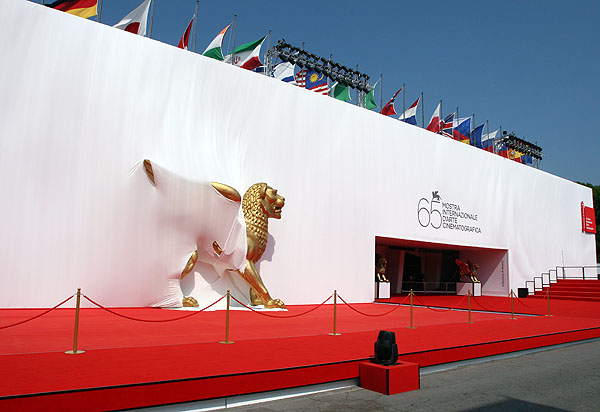|
Romont Glass Museum
The Romont Glass Museum (''Vitromusée Romont''), formerly the Swiss Museum of Stained Glass, was founded in 1981 and is located in the Château de Romont, in the canton of Fribourg, Switzerland. History The Swiss Museum of Stained Glass was founded in 1981 in Romont, Canton Fribourg. Until 2006, annual attendance fluctuated between 15,000 and 18,000. In October 2006, the museum inaugurated its renovation and extension in the Château de Romont. To mark the occasion, the museum changed its name to ''Vitromusée'' and was listed as a Swiss cultural asset of national importance, as was the castle in which it is housed. From July to November 2007, the museum attracted 25,000 visitors to the exhibition “Chagall - ''Le vitrail''. The Color of Love.” From June 15 to November 2, 2014, the Glass Museum exhibits Marc Chagall's “''Bouquet de Chagall.''” Structure Vitrofestival ''Vitrofestival'' is a biennial glass art event organized at the Vitromusée since 2007. In 201 ... [...More Info...] [...Related Items...] OR: [Wikipedia] [Google] [Baidu] |
Romont (Fribourg)
Romont (; ) is a Municipalities of Switzerland, municipality and capital of the district of Glâne (district), Glâne in the Cantons of Switzerland, canton of Fribourg (canton), Fribourg in Switzerland. History Romont is first mentioned in 1177 as ''in Rotundo Monte''. In 1244 it was mentioned as ''Romont''. The municipality was formerly known by its German name ''Remund'', however, that name is no longer used. The oldest trace of human settlement in Romont is five Hallstatt culture, Hallstatt era tumuli in the village of Bossens. The ruins of several other prehistoric settlements have been discovered including the foundation of a Switzerland in the Roman era, Roman era building at Bochanat. The alleged founding of Romont in 921 by the Kingdom of Burgundy, Burgundian King Rudolph II of Burgundy, Rudolph II is likely a legend. A document from 1177 from the Abbey of Hauterive mentions the Romont as a wooded hill. In 1239 Anselme (or Nantelme) sold the rights to Romont hill ... [...More Info...] [...Related Items...] OR: [Wikipedia] [Google] [Baidu] |
Switzerland
Switzerland, officially the Swiss Confederation, is a landlocked country located in west-central Europe. It is bordered by Italy to the south, France to the west, Germany to the north, and Austria and Liechtenstein to the east. Switzerland is geographically divided among the Swiss Plateau, the Swiss Alps, Alps and the Jura Mountains, Jura; the Alps occupy the greater part of the territory, whereas most of the country's Demographics of Switzerland, 9 million people are concentrated on the plateau, which hosts List of cities in Switzerland, its largest cities and economic centres, including Zurich, Geneva, and Lausanne. Switzerland is a federal republic composed of Cantons of Switzerland, 26 cantons, with federal authorities based in Bern. It has four main linguistic and cultural regions: German, French, Italian and Romansh language, Romansh. Although most Swiss are German-speaking, national identity is fairly cohesive, being rooted in a common historical background, shared ... [...More Info...] [...Related Items...] OR: [Wikipedia] [Google] [Baidu] |
Romont Castle
Romont Castle is a castle in the municipality of Romont of the Canton of Fribourg in Switzerland. It is a Swiss heritage site of national significance. See also * List of castles in Switzerland * Château A château (, ; plural: châteaux) is a manor house, or palace, or residence of the lord of the manor, or a fine country house of nobility or gentry, with or without fortifications, originally, and still most frequently, in French-speaking re ... References Cultural property of national significance in the canton of Fribourg Castles in the canton of Fribourg {{Switzerland-castle-stub ... [...More Info...] [...Related Items...] OR: [Wikipedia] [Google] [Baidu] |
Canton Of Fribourg
The canton of Fribourg, also canton of Freiburg, is located in western Switzerland. The canton is bilingual, with French spoken by more than two thirds of the citizens and German by a little more than a quarter. Both are official languages in the canton. The canton takes its name from its capital city of Fribourg. History On the shores of Lake Neuchâtel and Lake Morat significant traces of prehistoric settlements have been unearthed. The canton of Fribourg joined the Swiss Confederation in 1481. The area is made up of lands acquired by the capital Fribourg. The present extent was reached in 1803 when Murten (Morat) was acquired. The canton of Fribourg joined the separatist league of Catholic cantons in 1846 ( Sonderbund). The following year, its troops surrendered to the federal army. Geography The canton is bounded to the west by Lake Neuchâtel, to the west and the south by the canton of Vaud, and to the east by the canton of Bern. The canton includes two enclaves with ... [...More Info...] [...Related Items...] OR: [Wikipedia] [Google] [Baidu] |
Romont
Romont (; ) is a municipality and capital of the district of Glâne in the canton of Fribourg in Switzerland. History Romont is first mentioned in 1177 as ''in Rotundo Monte''. In 1244 it was mentioned as ''Romont''. The municipality was formerly known by its German name ''Remund'', however, that name is no longer used. The oldest trace of human settlement in Romont is five Hallstatt era tumuli in the village of Bossens. The ruins of several other prehistoric settlements have been discovered including the foundation of a Roman era building at Bochanat. The alleged founding of Romont in 921 by the Burgundian King Rudolph II is likely a legend. A document from 1177 from the Abbey of Hauterive mentions the Romont as a wooded hill. In 1239 Anselme (or Nantelme) sold the rights to Romont hill to Peter II of Savoy. At that time, Romont was part of the territory of the Bishop of Lausanne. In 1240 Peter II sent a castellan to Romont to build a castle and found a village. A ... [...More Info...] [...Related Items...] OR: [Wikipedia] [Google] [Baidu] |
Marc Chagall
Marc Chagall (born Moishe Shagal; – 28 March 1985) was a Russian and French artist. An early modernism, modernist, he was associated with the School of Paris, École de Paris, as well as several major art movement, artistic styles and created works in a wide range of artistic formats, including painting, drawings, book illustrations, stained glass, stage sets, ceramics, tapestries and fine art prints. Chagall was born in 1887, into a Belarusian Jews, Jewish family near Vitebsk, today in Belarus, but at that time in the Pale of Settlement of the Russian Empire. Before World War I, he travelled between Saint Petersburg, Paris, and Berlin. During that period, he created his own mixture and style of modern art, based on his ideas of Eastern European and Jewish folklore. He spent the wartime years in his native Belarus, becoming one of the country's most distinguished artists and a member of the modernist avant-garde, founding the Vitebsk Museum of Modern Art, Vitebsk Arts College. ... [...More Info...] [...Related Items...] OR: [Wikipedia] [Google] [Baidu] |
Biennale
In the art world, a biennale ( , ; ), is a large-scale international contemporary art exhibition. The term was popularised by the Venice Biennale, which was first held in 1895, but the concept of such a large scale, and intentionally international event goes back to at least the 1851 Great Exhibition in London. The 1990s saw the boom of art biennials, a period of multiplication of this exhibition form during which art biennials grew from approximately five to over 250 internationally. Although typically used to refer to art festivals or exhibitions which occur every two years, the term is not always applied strictly. Since the 1990s, the terms ''biennale'' and ''biennial'' have both been used to refer to large-scale international survey shows of contemporary art that recur at regular intervals (Documenta is held every five years, and Skulptur Projekte Münster every ten). The term has also derived a suffix for other creative events, as in "Berlinale" for the Berlin International ... [...More Info...] [...Related Items...] OR: [Wikipedia] [Google] [Baidu] |
List Of Museums In Switzerland
This is a list of museums in Switzerland, sorted by canton and city / municipality. Included are Swiss natural history museums, science museums, transport museums, railway museums, military museums, art museums and ethnographic museums, among others. Canton of Aargau ;Aarau * Aargauer Kunsthaus ;Baden * Museum Langmatt ;Full-Reuenthal * Swiss Military Museum ; Muri * Museum Kloster Muri Canton of Appenzell-Ausserrhoden ; Heiden * Henry Dunant Museum ; Teufen * Null Stern Hotel Canton of Basel-Stadt ;Basel * Antikenmuseum Basel und Sammlung Ludwig * Cartoonmuseum Basel – Centre for Narrative Art * Dollhouse Museum * Historical Museum Basel * Jewish Museum of Switzerland * Kunsthalle Basel * Kunstmuseum Basel * Museum of Contemporary Art * Museum of Cultures * Museum Tinguely * Music Museum * Natural History Museum of Basel * Pharmacy Museum of the University of Basel * Skulpturhalle Basel * Swiss Architecture Museum * Swiss Museum for Paper, Writing and ... [...More Info...] [...Related Items...] OR: [Wikipedia] [Google] [Baidu] |
Art Museums And Galleries In Switzerland
Art is a diverse range of culture, cultural activity centered around works of art, ''works'' utilizing Creativity, creative or imagination, imaginative talents, which are expected to evoke a worthwhile experience, generally through an expression of emotional power, conceptual ideas, technical proficiency, or beauty. There is no generally agreed definition of what constitutes ''art'', and its interpretation has varied greatly throughout history and across cultures. In the Western world, Western tradition, the three classical branches of visual art are painting, sculpture, and architecture. Theatre, dance, and other performing arts, as well as literature, music, film and other media such as interactive media, are included in a broader definition of "the arts". Until the 17th century, ''art'' referred to any skill or mastery and was not differentiated from crafts or sciences. In modern usage after the 17th century, where aesthetic considerations are paramount, the fine arts are s ... [...More Info...] [...Related Items...] OR: [Wikipedia] [Google] [Baidu] |
Museums Established In 1981
A museum is an institution dedicated to displaying or preserving culturally or scientifically significant objects. Many museums have exhibitions of these objects on public display, and some have private collections that are used by researchers and specialists. Museums host a much wider range of objects than a library, and they usually focus on a specific theme, such as the arts, science, natural history or local history. Public museums that host exhibitions and interactive demonstrations are often tourist attractions, and many draw large numbers of visitors from outside of their host country, with the most visited museums in the world attracting millions of visitors annually. Since the establishment of the earliest known museum in ancient times, museums have been associated with academia and the preservation of rare items. Museums originated as private collections of interesting items, and not until much later did the emphasis on educating the public take root. Etymology The ... [...More Info...] [...Related Items...] OR: [Wikipedia] [Google] [Baidu] |






